Anyone tried 'Che' fruit in the Southeast?
17 years ago
Related Stories

GARDENING GUIDES10 Top Native Plants for the U.S. Southeast
For a low-maintenance and wildlife-friendly landscape, use Southern natives that withstand heat and humidity
Full Story
GARDENING GUIDESGreat Design Plant: Grow Blueberries for Their Fruit and More
Eastern gardeners should consider growing blueberry plants for their delicious fruits, bee-friendly spring blooms and brilliant fall foliage
Full Story
FARM YOUR YARDIf You Have Room for Only One Fruit Tree ...
Juice up a small garden with one of these easier-care or worth-the-effort fruit trees for a mild climate
Full Story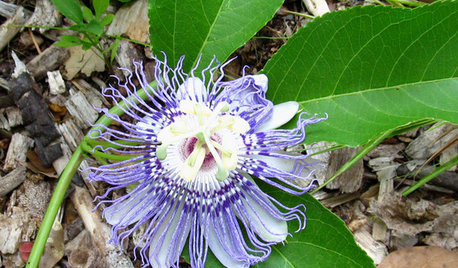
GARDENING GUIDESGreat Design Plant: Passiflora Incarnata
Enjoy the amazing flowers and edible fruit of U.S. native Passiflora incarnata (also known as maypop) — the butterflies sure do
Full Story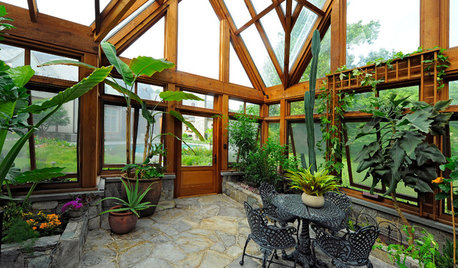
EDIBLE GARDENSThe Enticing Garden: How to Grow Bananas
Sweeten your dining table with surprising flavors of banana cultivars while adding tropical flavor to your garden
Full Story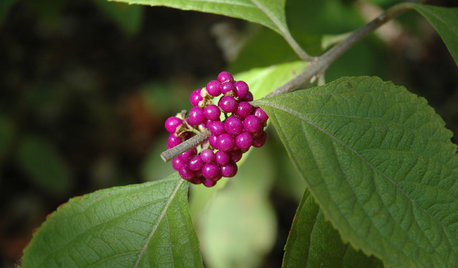
GARDENING GUIDESGreat Design Plant: Nourish Wildlife With American Beautyberry
The bright purple berries of Callicarpa americana feed winged beauties and make the Southeast U.S. native a fall garden standout
Full Story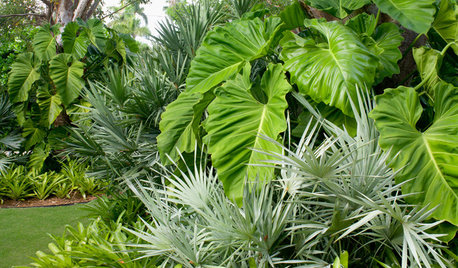
GARDENING GUIDESGreat Design Plant: Serenoa Repens
Saw palmetto provides a carefree ground cover for dry gardens in the Southeast
Full Story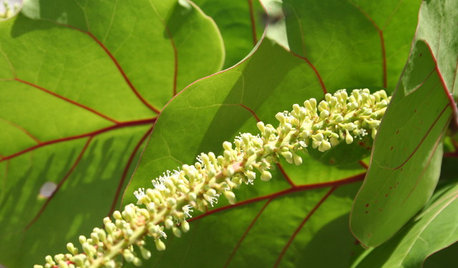
GARDENING GUIDESGreat Design Plant: Sea Grape, a Hardy Coastal Delight
Up to the high-tide line or even indoors, sea grape draws smiles for its looks and cheers for its tenacity
Full Story
EDIBLE GARDENSSummer Crop: How to Grow Blueberries
Plant blueberries in spring or fall for garden beauty through three seasons — and a sweet superfood in summer
Full Story
GARDENING GUIDESDo You Have This Invasive Plant in Your Yard?
Garlic mustard is spreading across the U.S. Here’s how to spot it and what to do
Full StoryMore Discussions






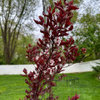

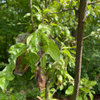
bonsaist
lucky_p
Related Professionals
West Milford Landscape Architects & Landscape Designers · Lyons Landscape Architects & Landscape Designers · Middle Island Landscape Architects & Landscape Designers · Sand Springs Landscape Architects & Landscape Designers · Frisco Landscape Contractors · Bellefontaine Neighbors Landscape Contractors · Hilton Head Island Landscape Contractors · Lake Worth Landscape Contractors · Mercedes Landscape Contractors · Ocoee Landscape Contractors · Painesville Landscape Contractors · Porterville Landscape Contractors · Sugar Hill Landscape Contractors · Sun City Center Landscape Contractors · Weymouth Landscape Contractorschills71
bonsaist
gene_washdc
Scott F Smith
chills71
bonsaist
chills71
george_23
kiwinut
Dragitall